Winslow Homer: Force of Nature at the National Gallery

For the first time on British shores, Winslow Homer: Force of Nature presents an overview of the American Realist’s work. With a career spanning over 40 years, this exhibition explores Homer’s take on the relationship between humans and nature, social dynamics and racial conflict. Through information cards and an exhibition film, we are given insights into who this self-confessed recluse was, although his personal life and human relationships remain something of a mystery.
Homer began his career as an illustrator, before being sent to the front lines of the American civil war to depict life with the Union troops for Harper’s Weekly Illustrated. Throughout his early work, Homer explored the experience of African Americans in a supposedly post-slavery world. Whilst on paper they had been emancipated, many slaves ended up doing the same work they had done before, while the rise of the Ku Klux Klan and Jim Crow laws kept them as second-class citizens living in fear.
You can almost feel the resentment seeping out of A Visit From an Old Mistress, but like many social situations, it’s hard to pinpoint exactly why. Is it the way the people are placed, or the expression on their faces? Homer avoids spelling things out for the audience, leaving his work up to interpretation and refusing to explain or clarify. The Cotton Pickers is another powerful piece: here the wide-eyed, alert and weary expressions on the women’s faces stand out, a subtle yet poignant nod to them still being on high alert, looking for danger.
An exhibition video adds to the context of this exhibition and helps us get to know a little about Homer’s life. A self-proclaimed recluse, the painter used to warn people away from his studio with a “snakes, snakes, mice” sign. We also get an analysis of some of the paintings, particularly of The Gulf Stream. Here an African American man lies on a ship, surrounded by sharks in the water. Sugar canes lay by his feet and chains near his arm. A ship is in the distance, but the man either doesn’t see it or purposefully looks away from it, as if he doesn’t believe it will save him. This picture may well represent Homer’s take on the reality of African American life in a post-slavery society. In contrast, Defiance, Inviting a Shot before Petersburg includes a racist caricature, which could be taken straight out of racist propaganda at the time. This is potentially because this is the only painting Homer did which focuses solely on the confederate army, so perhaps it is from their point of view.
The hostility and permanence of nature, predominantly the sea, is another prominent theme, particularly in Homer’s later work. Inspired by his time in a fishing village in Northern England where shipwrecks and drownings were common, pictures like The Life Line and The Life Brigade show people braving the elements. When looking at The Gale, you can see a face in the wind spray, almost as if it’s a demon or entity. Strong women living by the sea feature multiple times in Homer’s work, and in this piece you see a woman walking purposefully by the edge of the seafront, seemingly undeterred by the raging waves seconds away from her. As the artist reached the end of his life, people began to feature less in his work as the natural elements took their place. Homer originally added two human figures in his painting Northeaster, but later edited them out, replacing them with a big cloud of sea spray.
Whilst you may leave Winslow Homer: Force of Nature not really knowing who the artist was outside of his work, this is perhaps what the late painter would have wanted. This exhibition feels a little long at times, and it’s hard to keep your attention the whole way through, but it gives a good balance of context whilst also allowing the viewer to have their own interpretation of the work.
Sophia Moss
Winslow Homer: Force of Nature is at the National Gallery from 10th September until 8th January 2023. For further information visit the exhibition’s website here.



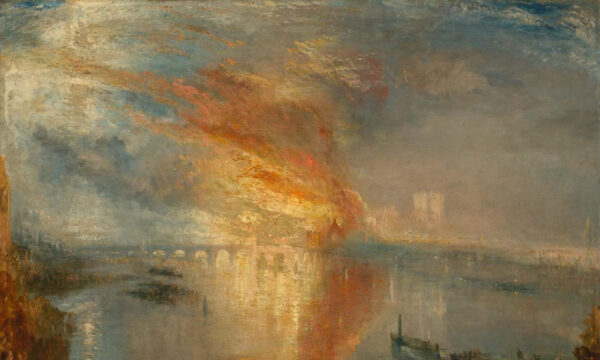
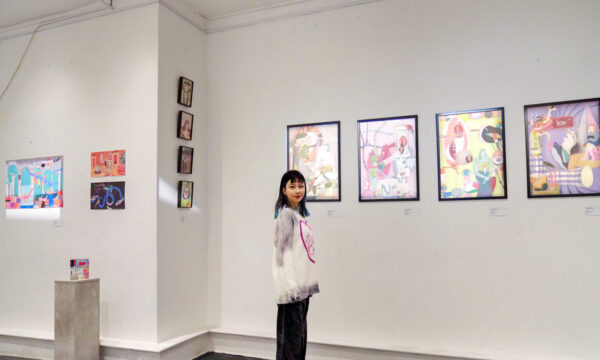
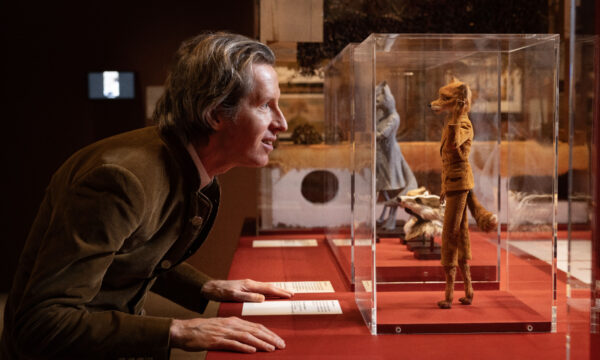

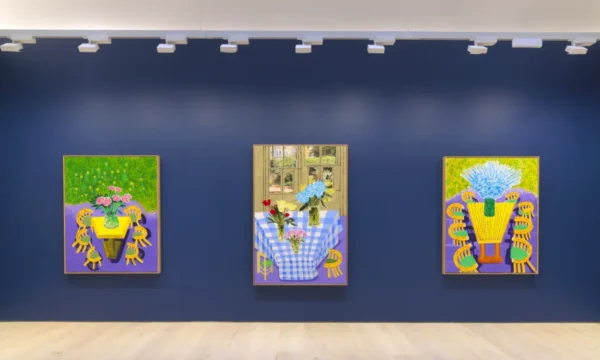
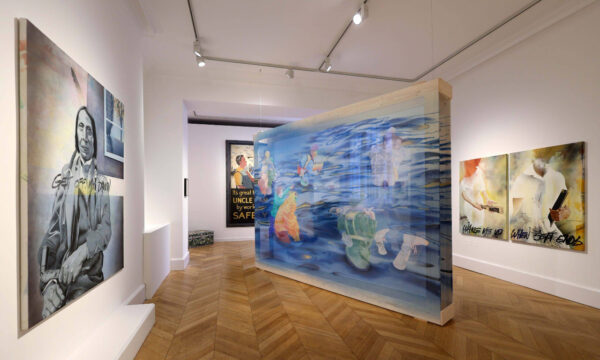
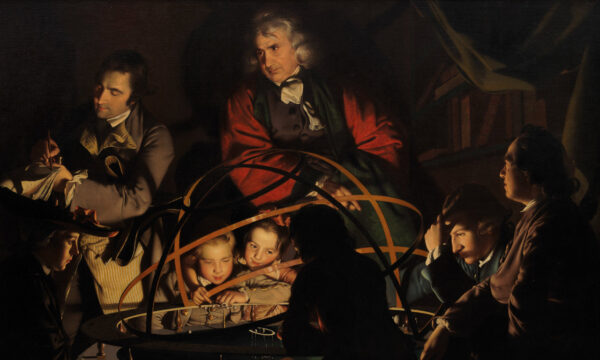
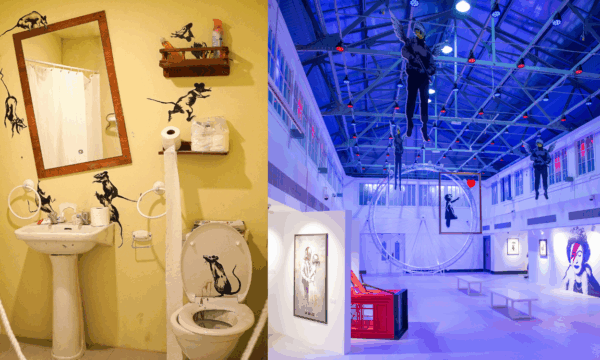

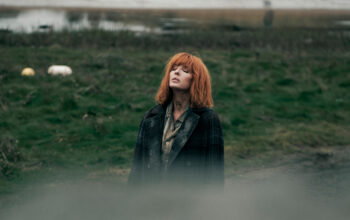









Facebook
Twitter
Instagram
YouTube
RSS